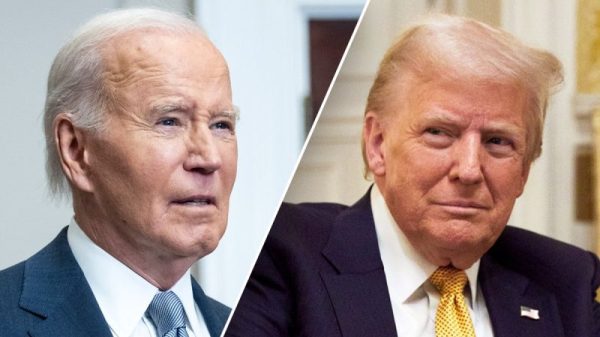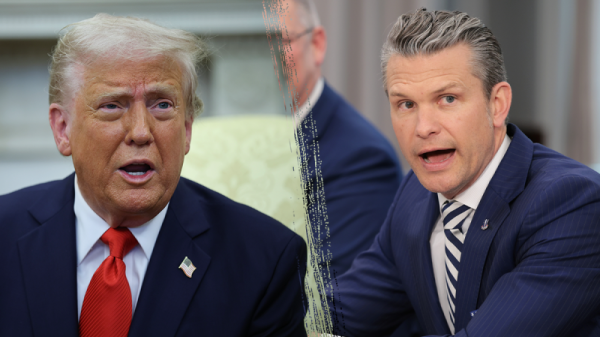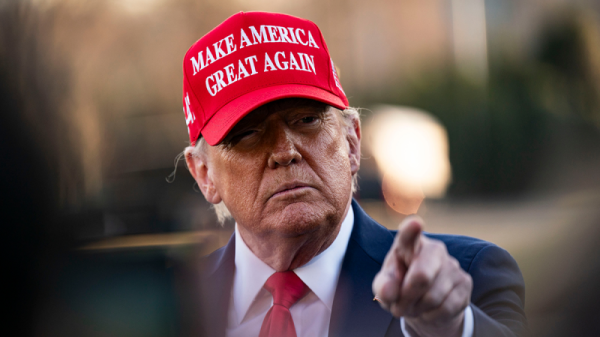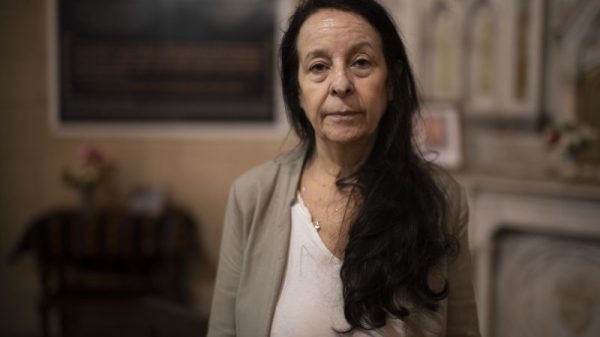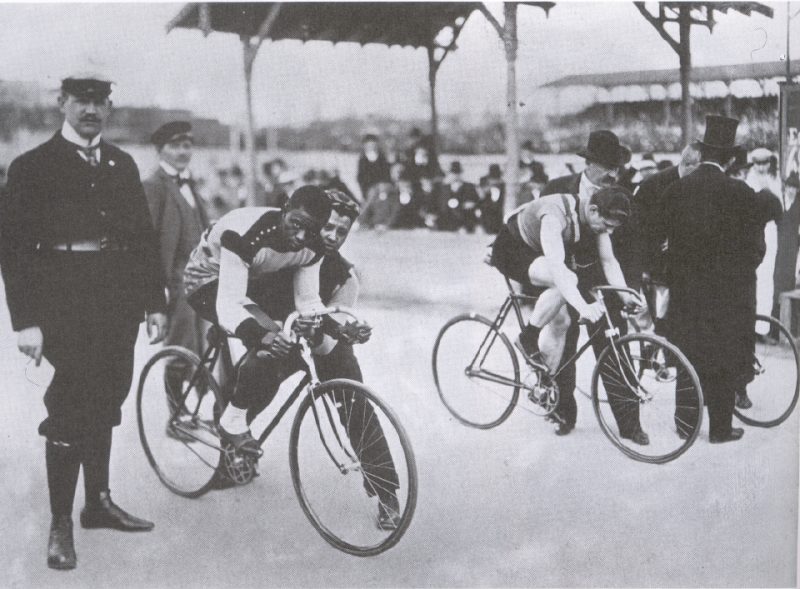It was 1901 when the cyclist Marshall “Major” Taylor arrived on Capitol Hill from a triumphant tour of Europe, hailed in a local newspaper as the “Champion of the World.” Here was the first Black American global sports superstar, who had been forced by racism to compete mostly in other countries.
Now he raced on a track near the Capitol in front of 5,000 people and not only won, as usual, but garnered his latest national title.
Yet several days later, as Taylor sought to check into a New York hotel, he was refused on account of the color of his skin. Many White cyclists didn’t want to race against him, and promoters would play the racist “Dixie” instead of the usual “Star-Spangled Banner” when he was victorious.
He continued to accumulate honors abroad, but over the years his name faded even though his exploits had paved the way for Black sports heroes such as boxer Jack Johnson and baseball’s Jackie Robinson.
I know this story well because it became an obsession that I turned into a book, “The World’s Fastest Man: The Extraordinary Life of Cyclist Major Taylor, America’s First Black Sports Hero.” In recent years, I have seen a surge of interest of cycling clubs named for him, in bike trails built in his name and historians agreeing on his unparalleled legacy. Still, Taylor’s legacy remains too little-known.
Now, however, that may change, and it is because his story is returning to Capitol Hill.
A measure introduced on Dec. 7 would award Taylor a congressional gold medal, the highest civilian honor bestowed by lawmakers in the Capitol, which is so rare that only 184 individuals and groups have received it since the first one was given by the Continental Congress in 1776 to George Washington, according to the Congressional Research Service.
Just 16 Black Americans have received the individual honor. A bipartisan effort is underway to garner the unusually high bar of two-thirds support of both chambers.
If passed, the congressional award would be added to a legion of honors that Taylor received in his lifetime, from the “big gold medal” he recalled being pinned on his chest when he won his first race as an 11-year-old, to the 1899 world championship he was awarded in Montreal nine years later.
At that event, unlike those that often took place in the United States, the promoters did play “The Star-Spangled Banner,” prompting Taylor to say, “My national anthem took on a new meaning for me from that moment. I never felt so proud to be an American before, and indeed, I even felt more American at that moment than I ever felt in America.”
One-hundred-and-twenty-four years after Taylor won the world championship, the effort to award him the congressional gold medal is, in effect, an attempt to rectify the way he was so wronged — and, by extension, teach a wider lesson about the nation’s history of racial injustice.
That is because Taylor was not only one of the greatest athletes in U.S. history, he also hoped that his success would disprove the racist theories that Blacks were inferior. Every time he competed, he showed that Blacks deserved an equal chance, which is all he wanted.
He was among the first to use sports celebrity for a social cause, writing that he hoped others who faced racism would be inspired by his story to compete in all walks of life.
“I pray they will carry on in spite of that dreadful monster prejudice, and with patience, courage, fortitude and perseverance, achieve success for themselves,” he wrote in his autobiography, published in 1928.
Taylor first met that monster, he wrote, when he was a child growing up in Indianapolis. Seeking to improve his cycling skills, he went to the local YMCA but was refused entry on account of the color of his skin.
Moving to the more-welcoming city of Worcester, Mass., he found an open door at the local YMCA. With a rigorous training and diet plan that was far ahead of its time, he became — it is no exaggeration to say — one of the fittest people in the world.
By 1896, at 18 years old, Taylor arrived at New York’s Madison Square Garden to participate in a hellish six-day race against the world’s greatest racers. It was six months after the Supreme Court ruled in Plessy v. Ferguson in the infamous “separate but equal” case, which ruled it was legal to force a Black person into a rail car separate from Whites, effectively institutionalizing Jim Crow racism.
At first, promoters refused to let Taylor race against Whites, but he prevailed by convincing them that his presence would draw more spectators. To prove just how wrong the promoters had been, he beat the world’s greatest sprinter in a preliminary match, then managed to complete six straight days of racing in a competition that saw many others drop out.
A legend had been born and, as I found in researching his story, he was one of the most chronicled Blacks of his day, with his exploits featured in publications around the world.
Arriving in France five years later, he was on the cover of leading magazines. His wife, Daisy, made the cover of The Colored American, a monthly magazine focused on Black culture.
He then raced throughout Europe and made two triumphant tours of Australia, lodging at the finest hotels and hailed as a hero. He earned more than $10,000 a year (about $361,000 in 2023 dollars), more than even some of the greatest stars of boxing and baseball, during this brief time when cycling was America’s most popular sport.
Taylor was deeply religious, an accomplished musician, a poet and a meticulous keeper of his own story. He pasted hundreds of clippings into his scrapbooks, including those that told how he had nearly been killed by a competitor on a Massachusetts racetrack in front of 25,000 people. “Major Taylor choked into insensibility,” said one headline. He was repeatedly threatened with death.
The more victories he earned, the more some Whites sought to ban him by invoking Jim Crow restrictions. In 1897, convinced by promoters that he would be barred from competing, he let his manager apply a skin-lightning lotion to his body, a painful bleaching process that lasted for days.
The manager had “tried in various ways to make me white” and “I thought I was going to die,” Taylor said. He halted the procedure and used the prejudice against him as motivation, embracing his growing identity as a Black leader.
“My color is my fortune,” Taylor declared. “Were I White I might not amount to a row of shucks in this business.”
Taylor thought it was vital that the public did not forget his story, so he wrote his autobiography, “The Fastest Bicycle Rider in the World.” But he became mired in debt during the Great Depression and moved into a YMCA in the Bronzeville section of Chicago, the South Side area known as the city’s “Black Metropolis,” where he died in 1932.
He was buried in a pauper’s grave, the death little-noted except by a local Black-oriented newspaper. He was reburied with a proper headstone and tribute 16 years later, and was named to the Bicycling Hall of Fame in 1989.
I first learned of Major Taylor more than 25 years ago. In 2001, while working on story about him for the Boston Globe Magazine, I traveled to Pittsburgh to interview his 96-year-old daughter, Sydney, named for the Australian city in which she was born while Taylor competed. She preserved his scrapbooks, letters and other memorabilia, now stored at the Indiana State Museum, and descendants and supporters have continued to promote his legacy.
The effort to honor him in Congress grew from a series of coincidences that threaded history.
A group of Chicago cyclists who were members of the local Major Taylor club were joined one day around 2017 by Jonathan L. Jackson, the son of the Rev. Jesse Jackson and godson of the Rev. Martin Luther King Jr.
Jackson said he didn’t know the history of Major Taylor, so the club members told him the story and sent him the cyclist’s autobiography. The more he learned about Taylor, Jackson said in an interview, the more he realized that the cyclist was not only a sports champion, but one of the nation’s most important, if little-known, civil rights champions.
Then, after Jackson was elected to Congress last year — a Democrat representing the Chicago district where Taylor last lived — he worked with his cycling friends and members of the Taylor family to propose that Taylor receive the congressional gold medal.
Jackson said he did so as he watched some politicians engage in what he called efforts to “erase” Black history by restricting access to certain books and lessons, an effort that has divided people across the country. But Jackson stressed that just as Taylor benefited from White supporters who rejected racism, the passage of the congressional honor can symbolize how people can work together.
“It’s something that both sides of the aisle can agree on,” Jackson said. “We’re not responsible for what happened in history, but we can right a wrong with a gold medal. … I really like the idea of racial progress and specifically of Blacks and Whites working together. It’s a story of redemption and reconciliation. There are lessons from that to learn today.”
So far, Jackson said, he has found that few members of Congress are familiar with Taylor’s story, but he has garnered support whenever he is able to talk to members one-on-one. “I don’t have to convince, I just have to explain it,” he said.
As part of that effort, Jackson held a recent news conference at the YMCA where Taylor last lived. Nearby is a bicycle trail named in Taylor’s honor. A quote from the cyclist flows across a converted railroad trestle: “I was a pioneer, and therefore had to blaze my own trail.”
Now that trail is leading once again to Capitol Hill, where Taylor awaits the kind of honor so often denied him by the country he loved.
Michael Kranish, a political investigative reporter at The Washington Post, is the author of “The World’s Fastest Man: The Extraordinary Life of Cyclist Major Taylor, America’s First Black Sports Hero.”












